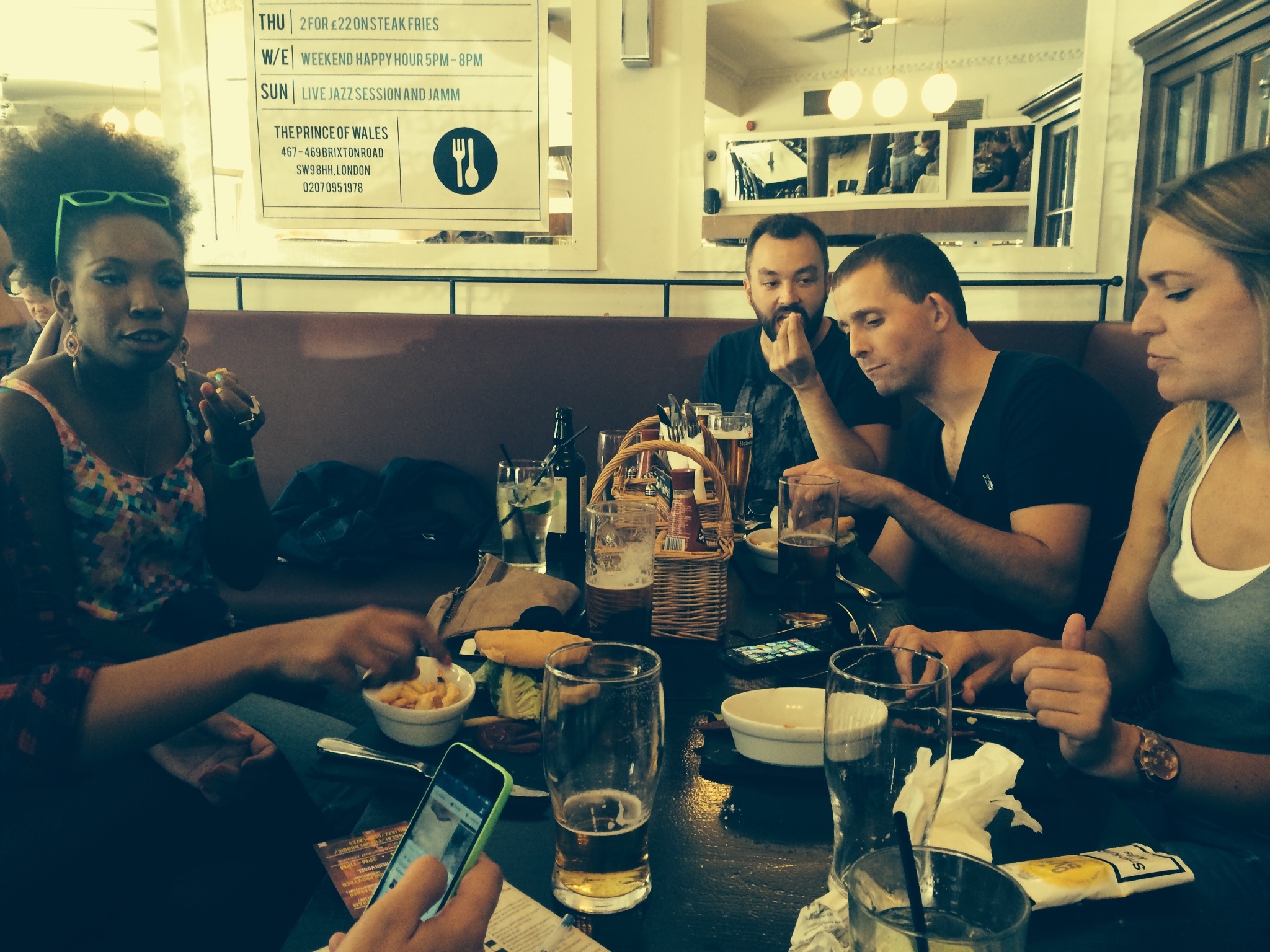Live facial recognition in Seven Sisters: is it a necessary response to current challenges or a troubling move towards authoritarianism?
What are your thoughts? On one hand, I understand the appeal of enhancing police capabilities through cost-effective technology to combat crime, especially when resources are stretched thin.
On the other hand, it raises concerns that the government may be exploiting its long-standing failure to adequately fund the police as a pretext for implementing invasive surveillance measures that could infringe on civil liberties.
I’m still torn on this issue, but I can’t shake off the unsettling and intrusive feeling it evokes.


You raise some really important points that highlight the complexities of this issue. On one hand, the use of live facial recognition technology could be seen as a tool to enhance public safety and help law enforcement in crime prevention, especially in areas where police presence is limited. It might seem like a proactive measure to address immediate concerns about crime.
However, the flip side is indeed quite concerning. The idea of constant surveillance can feel invasive and raises legitimate fears about privacy and civil liberties. It’s unsettling to think that citizens are being monitored continuously, which can lead to a feeling of being controlled or scrutinized at all times—something that can easily veer into authoritarian territory.
Moreover, the reliance on such technology can be interpreted as an acknowledgment of failures in adequately funding and supporting police forces. Instead of investing in community policing and building trust between law enforcement and the community, technology might be used as a substitute, which doesn’t address the underlying issues.
Ultimately, it’s a delicate balance between ensuring safety and protecting individual rights. Open discussions about these technologies and their implications are essential, as are public input and oversight to ensure that such measures are implemented in a way that respects personal freedoms. It’s definitely a topic worth exploring further, especially as technology continues to evolve.
This is a thought-provoking topic that taps into the ongoing debate over the balance between security and privacy. It’s important to recognize that while technology like live facial recognition can enhance law enforcement’s efficiency, it also comes with significant ethical and practical implications.
For example, the potential for biases in facial recognition technology could disproportionately affect marginalized communities, leading to unwarranted surveillance and erosion of trust in law enforcement. Furthermore, once such surveillance systems are implemented, they can be difficult to regulate or dismantle, creating a slippery slope toward a surveillance state.
Engaging in a productive dialogue about community safety versus privacy rights is crucial. It might be beneficial to explore alternatives, such as community-based safety initiatives or technology that safeguards civil liberties. Ultimately, finding a middle ground where public safety and individual rights coexist harmoniously should be our goal. Your perspective highlights these vital considerations, and I encourage further discussion on how to safeguard our freedoms while addressing legitimate security concerns.
Thoughts on Balancing Safety and Civil Liberties in Seven Sisters
I appreciate this thought-provoking post. As a London resident, I share your concerns about the implications of live facial recognition technology in our neighborhoods, especially in bustling areas like Seven Sisters. It’s a complex issue that requires a nuanced discussion.
On one hand, enhancing public safety through advanced technology can seem appealing, particularly in high-crime areas. However, we must consider several key factors:
Ultimately, while the desire for safety is understandable, we must ensure that